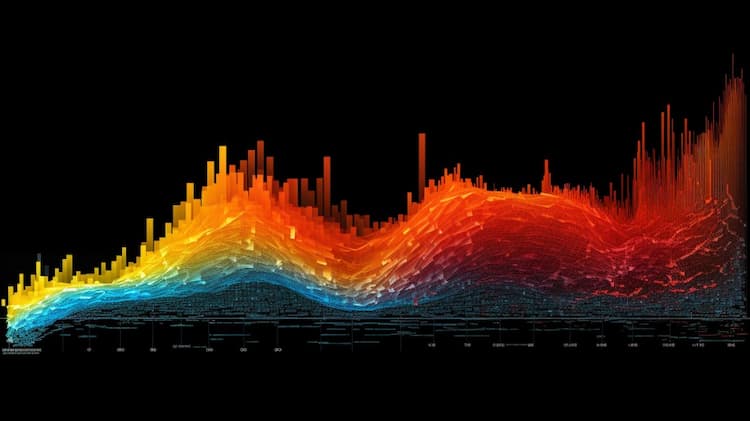
MCHI VS GXC: A Comprehensive Comparison of ETFs
Exchange-Traded Funds (ETFs) have transformed the investment landscape by providing investors with diversified exposure to various sectors and asset classes. In this article, we will conduct a comprehensive comparison between two prominent ETFs: MCHI (iShares MSCI China ETF) and GXC (SPDR S&P China ETF). We'll delve into crucial aspects such as tickers, full names, issuers, sectors, top holdings, capitalization, strategy, tracking, and exposure.
MCHI VS GXC: Overview
MCHI and GXC are two ETFs that offer distinct investment strategies within the Chinese market. While MCHI aims to track the MSCI China Index, GXC seeks to replicate the performance of the S&P China BMI Index. These differing benchmarks result in variations in holdings and exposures, which we will explore further in the subsequent sections.
MCHI VS GXC: Sectors and Top Holdings
The MCHI ETF provides exposure to a broad range of Chinese companies across various sectors, including technology, finance, and consumer goods. Its top holdings include prominent Chinese firms such as Tencent Holdings, Alibaba Group, and Meituan Dianping. In contrast, GXC's holdings encompass a diverse array of Chinese equities, offering investors exposure to sectors like financials, communication services, and industrials. Understanding these sectors and top holdings is crucial for investors seeking to align their investments with specific market segments.
 MCHI overlap MCHI VS GXC: A Comprehensive Comparison of ETFs
MCHI overlap MCHI VS GXC: A Comprehensive Comparison of ETFs
MCHI VS GXC: Capitalization and Strategy
MCHI boasts a significant asset under management (AUM), indicative of its popularity among investors seeking exposure to China's dynamic economy. GXC's strategy revolves around mirroring the performance of Chinese companies listed on both domestic and offshore exchanges. The difference in capitalization and strategy between the two ETFs presents investors with distinct opportunities and risk profiles, underscoring the importance of careful consideration.
MCHI VS GXC: Tracking and Exposure
MCHI's objective is to provide investors with exposure to the performance of large and mid-cap Chinese stocks. The ETF accomplishes this by tracking the MSCI China Index, which covers a comprehensive selection of Chinese companies. GXC, on the other hand, aims to replicate the S&P China BMI Index, offering exposure to a broader spectrum of Chinese equities, including small-cap stocks. Understanding the nuances of tracking and exposure methodologies is essential for investors tailoring their portfolios to specific Chinese market segments.
Conclusion
MCHI and GXC stand as unique ETFs, each offering a distinct approach to investing in the Chinese market. For investors seeking comprehensive insights into holdings, correlations, overlaps, and other valuable information, ETF insider emerges as an indispensable tool. With its user-friendly app, ETF insider empowers investors to delve deep into the intricacies of these and other financial instruments.
Disclaimer: This article does not provide any investment advisory services.
Sources:
MCHI ETF issuer
MCHI ETF official page
MCHI quote and analysis
Discover the top holdings, correlations, and overlaps of ETFs using our visualization tool.
Our app allows you to build and track your portfolio.
To learn more about the MCHI iShares MSCI China ETF, access our dedicated page now.



















